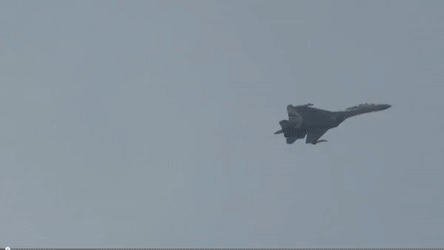Aircraft Control Theory - Applied to Product Growth

Once upon a time, a long time ago, I was an aerospace engineer. One of the main goals of an aerospace engineer is (duh) to make sure you keep aircraft safely in the air. To do this, you must make sure that the aircraft is stable. Simplistically, stability indicates that the forces acting upon the aircraft tend to correct any perturbation that acts upon the aircraft. For example, if a gust of wind pitches the nose of the aircraft upward, then an unstable aircraft will pitch further upward and soon start back flipping. A stable aircraft, on the other hand, will be naturally forced back towards level flight. I was recently reminded of my aerospace background when reading a blog post by Brian Balfour (et al.) about product feedback loops. His description of product feedback loops is, surprisingly, quite analogous to the aircraft feedback loops we see with aircraft. However, instead of air pressure forcing the aircraft to tip backwards more and more, we see things like social sharing causing a product to gain in more and more popularity. An interesting difference between aircraft dynamics and product dynamics is that, while you want aircraft to dampen out perturbations and return to straight and level flight, you want products to exhibit instability – you want a slight jump in popularity to give rise to more and more popularity and trigger exponential growth. It seems, then, that aerospace engineering may provide interesting tools for understanding just how to trigger exponential product growth. Let's dig in!
